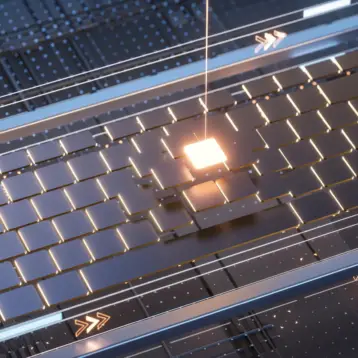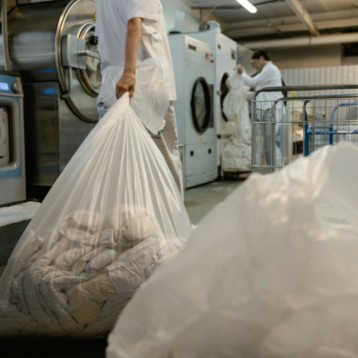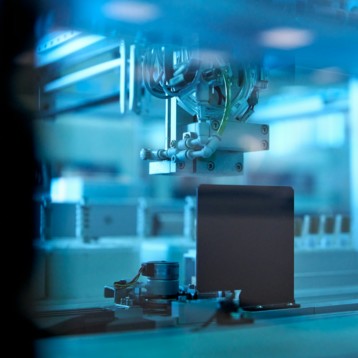Since 2006, German and French researchers have been working on developing the next generation Magnetic Resonance Imaging (MRI) technology which is now getting closer to reality. This technology will dramatically improve our ability to detect early signs of brain diseases including as Alzheimer’s and Parkinson’s as well as improve our understanding of their formation inside the brain- hopefully leading to better treatments.
The Imaging of Neuro disease Using high-field MR And Contrastophores or INUMAC is the (long) name given to an ambitious project which is the result of cooperation between members of a French-German consortium, including the University of Freiburg (Germany), Siemens Medical Solutions (Germany), Bruker BioSpin GmbH (Germany), the French Commissariat à l’énergie atomique (CEA, France), Guerbet (France) and Alstom (France).
–
–
This $270 million project aims to build a giant superconducting electromagnet capable of producing unparallel field of 11.75 teslas for use in an MRI device. For comparison, most existing hospital MRI units only produce 1.5-3 teslas and the very latest scanners currently in existence (in a handful of universities worldwide) have 9.4 teslas – which interestingly is stronger than the magnets used for the Large Hadron Collider in CERN (with "only" about 8.4 teslas). And in case you ever wondered what these teslas mean in real life – the answer is that they can lift a 60 ton tank in the air (however if you want to lift a non magnetic entity using magnets you will need much more than that – as the winners of the 2000 ig Nobel prize discovered when they used a 16 tesla superconducting electromagnet to lift a frog in mid air for 30 seconds).
–
–
As you might expect, the INUMAC magnets are huge. They will have a diameter of 4 meters (13 feet) a length of 4 meters and will weigh 150 tons. The magnets will be cooled by superfluid liquid helium to 1.8 kelvin (-271 degrees Celsius) in order to operate effectively. The device is extremely complex. creating the main superconducting coil was a giant task requiring the making of 170km (over 100 miles) of coil as well as another 60km (37 miles) or so for a secondary "protective" coil.
–
–
According to Pierre Védrine, director of the project at the French Alternative Energies and Atomic Energy Commission, typical hospital MRIs have a spatial resolution of about 1 millimeter (something that can cover the size of about 10 000 neurons in the brain) and have a temporal resolution of about 1 sec. The future INUMAC scanner will be able to image an area of about 0.1 mm (or as small as or 1000 neurons), and observe changes inside the living brain occurring at 1/10 of a second. This will be a huge leap forward for brain researchers, allowing them to learn more about how the brain functions.
–
–
Védrine believes that the fully assembled magnets will be ready in September 2014 and that the entire device will be ready for initial operation in early 2015 – ushering a new age of brain research and diagnostics.











